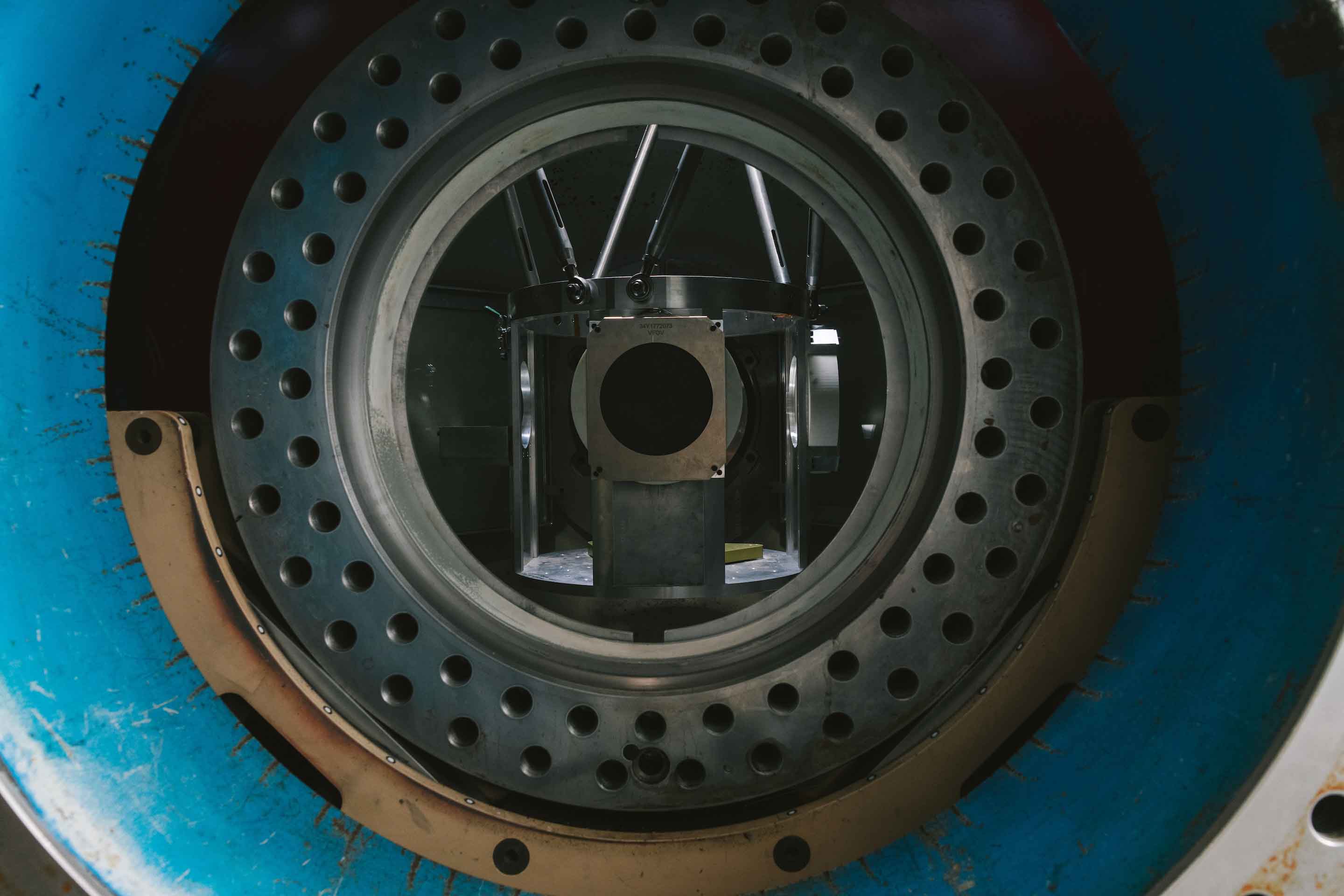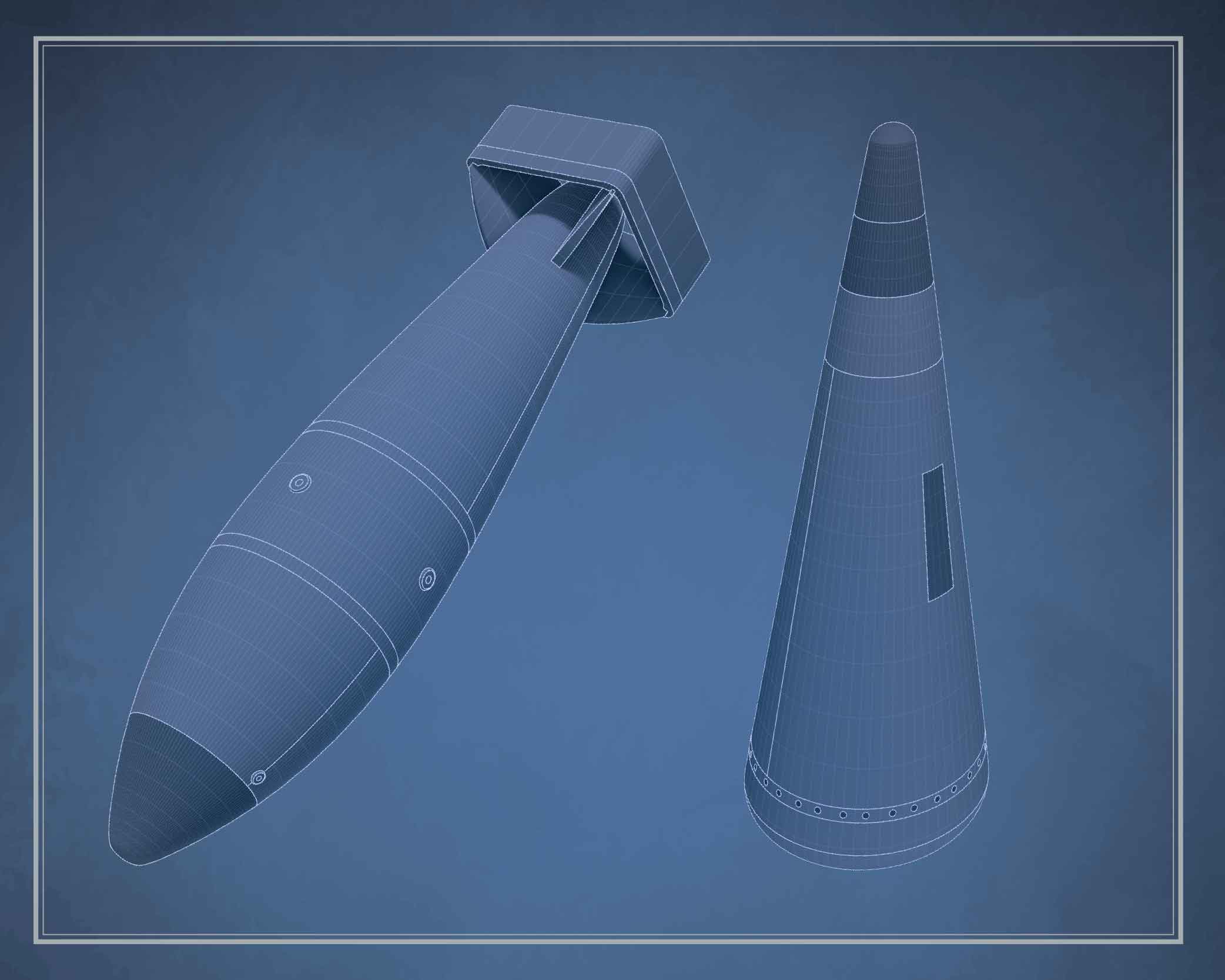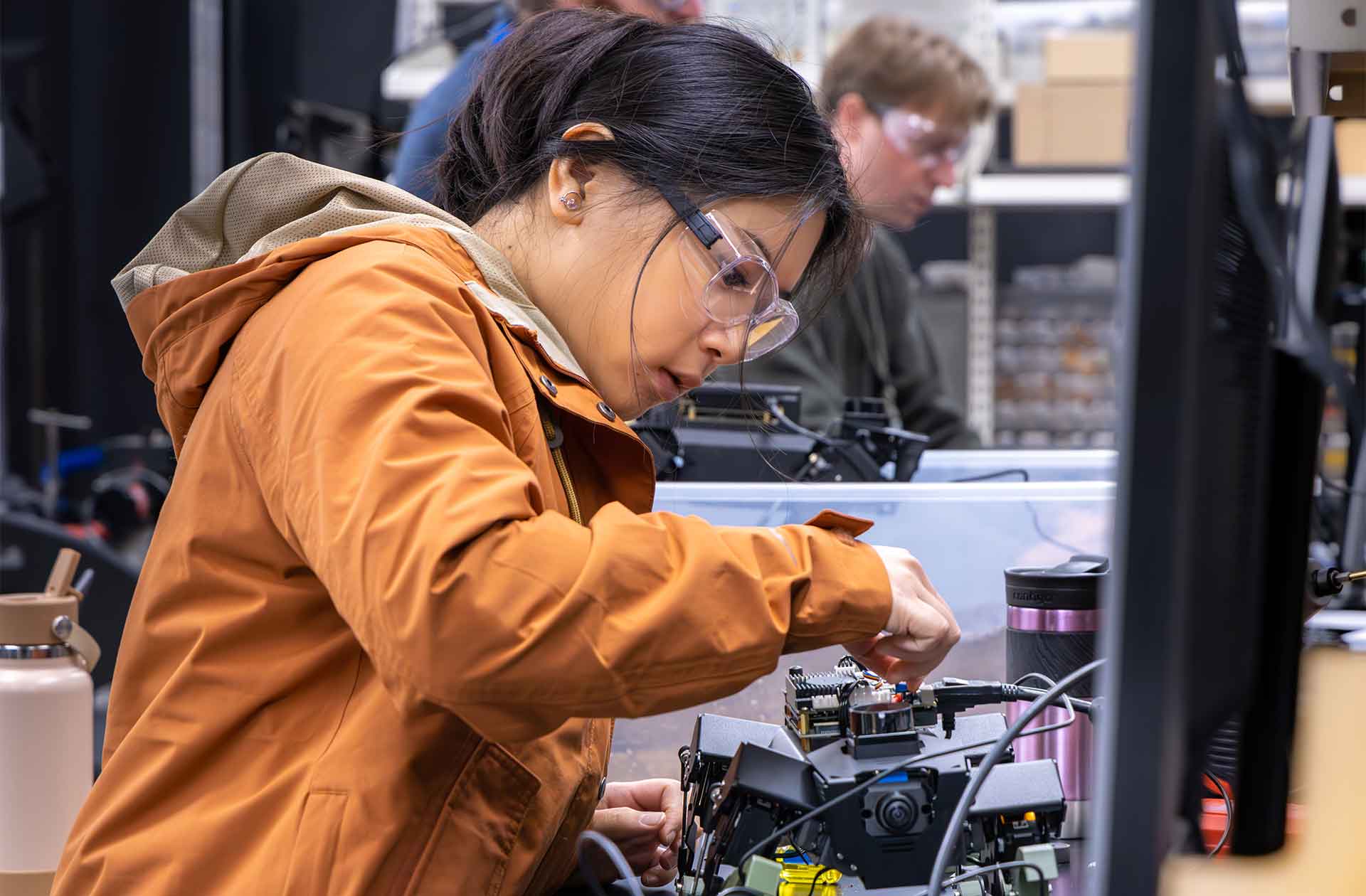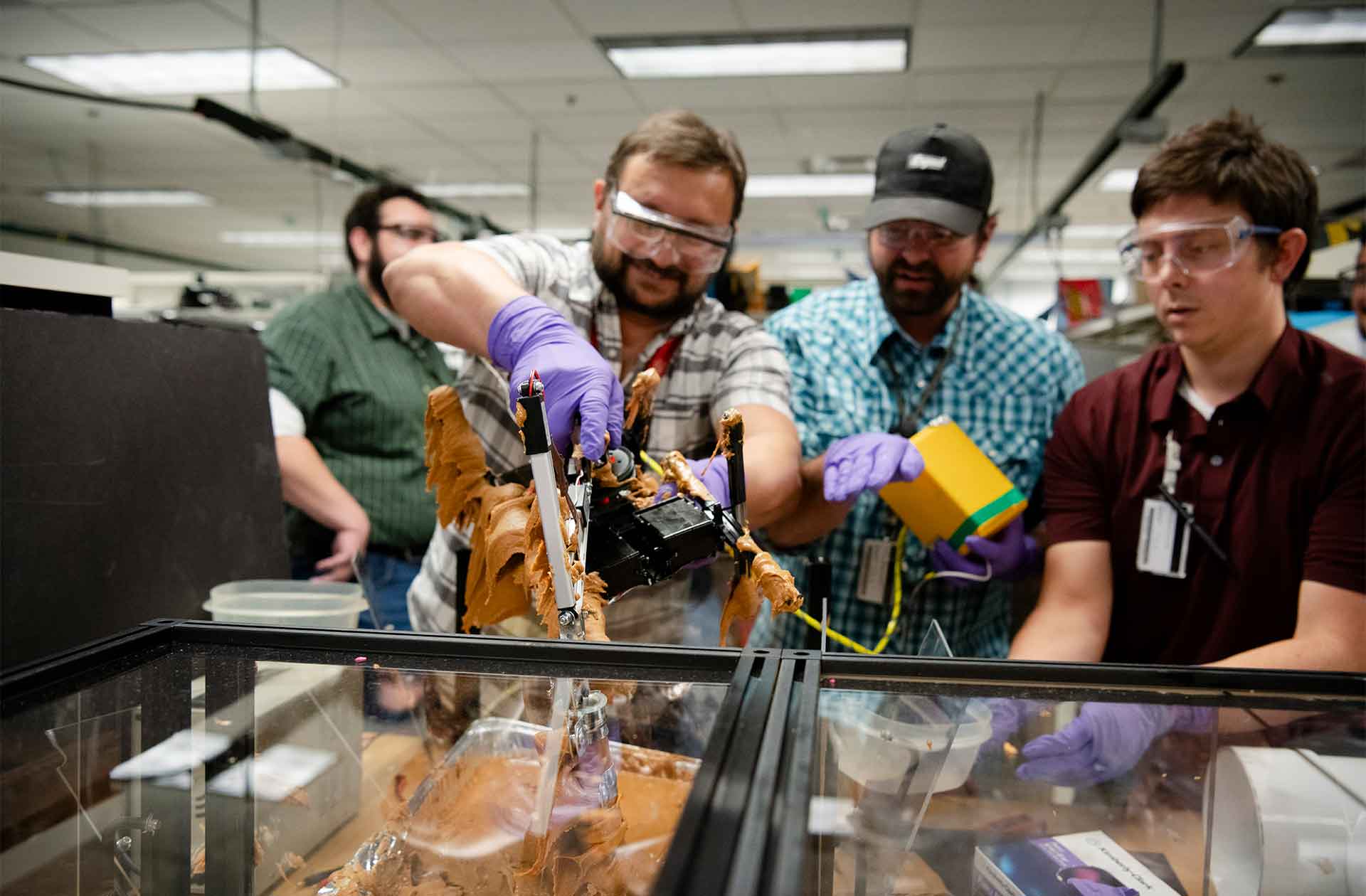Why wasn't Little Boy tested?
The bomb’s components were tested, and Los Alamos scientists were certain of its success.
- Alan Carr, Senior Historian, National Security Research Center

It’s often said that Little Boy, the uranium gun–type atomic bomb developed at the Laboratory during World War II, was not tested before it was dropped above Hiroshima, Japan, on August 6, 1945. Well, that’s not exactly correct.
Although a full-scale nuclear explosive test was not conducted, every component of Little Boy was rigorously tested right here at Los Alamos.
In my lectures, I often say, “Little Boy was going to work; it was a matter of math.” Beyond that, no one’s ever asked me to provide any further explanation—until just recently, when a member of the public sent me this inquiry:
“I find it amazing that the United States would use this device untested after the incredible amount of testing—including the Trinity test—that went on with the plutonium bomb (Fat Man, which was dropped on Nagasaki, Japan, on August 9, 1945). Wasn’t anyone concerned that Americans could be delivering secrets for an atomic bomb to the Japanese if it failed to explode? Was it just mathematical theory that gave scientists the confidence to use this device untested?”
I have to admit, that’s something I couldn’t entirely answer off the top of my head. The plutonium implosion device, Fat Man, was indeed more complicated and thus required more testing. And it’s true there was a genuine concern the enemy might be able to recover the fissile material (albeit with tremendous difficulty) if a Fat Man– type bomb was not a successful nuclear explosion. In fact, the Trinity test director, Kenneth Bainbridge, stated in a report from 1945, “No one was content that the first trial of a Fat Man gadget should be over enemy territory, where, if the gadget failed, the surprise factor would be lost and the enemy might be presented with a large amount of active material in recoverable form.”
But why were scientists certain Little Boy would work? I asked my friend Dick Malenfant, a retired physicist who spent decades working at the Lab.
Malenfant directed me to a report titled “Experiments with the Dragon Machine,” which includes a complete transcription of the original handwritten notes on the experiments that gave scientists confidence that Little Boy would work. “Those experiments were crucial to the proof that an explosive reaction could be produced,” Malenfant says. “This provided the final verification that Little Boy would function as designed.”
Notice Malenfant uses the word “proof.” These experiments proved Little Boy would work. The scientists were not simply confident Little Boy would work, they knew Little Boy would work—it was a mathematical certainty. Thus, the weapon went into combat without a full-scale nuclear explosive test. ★








